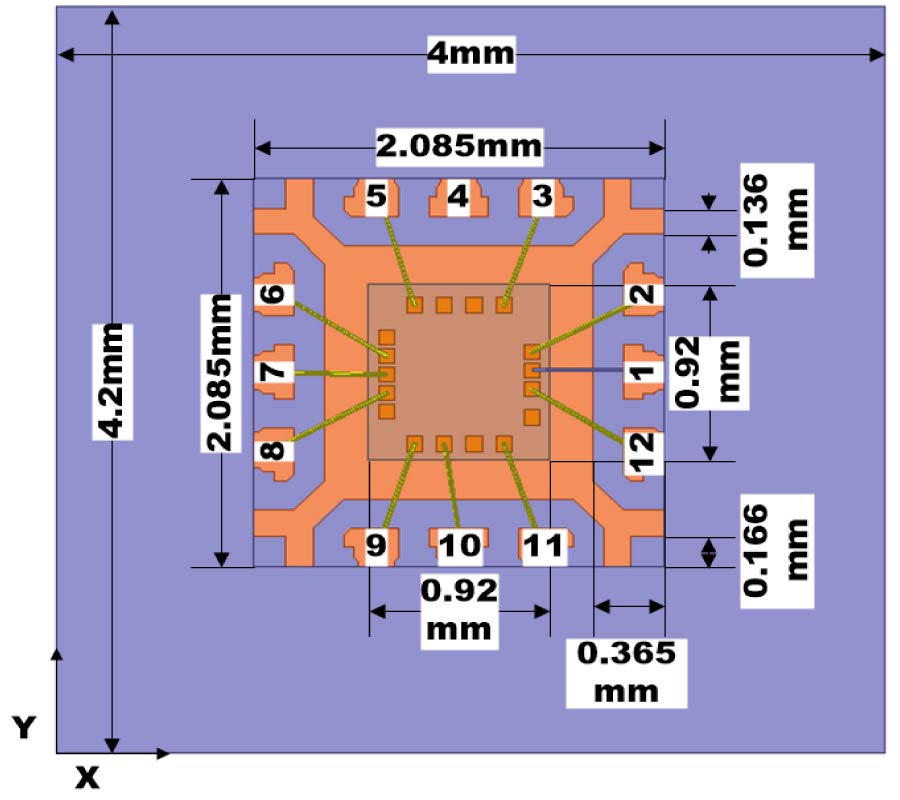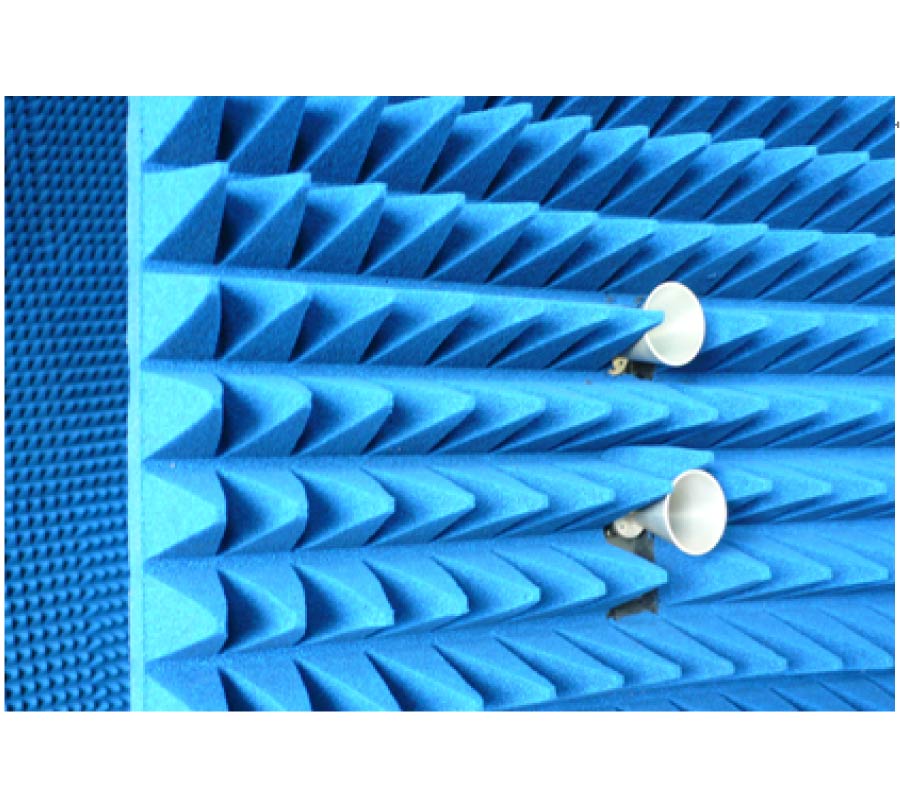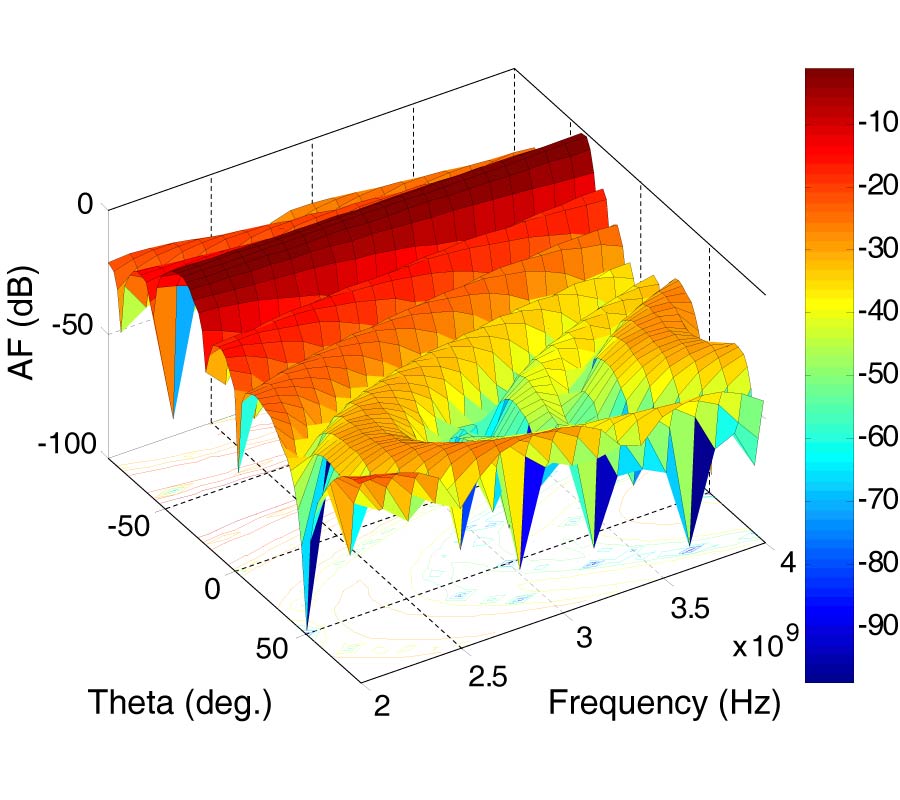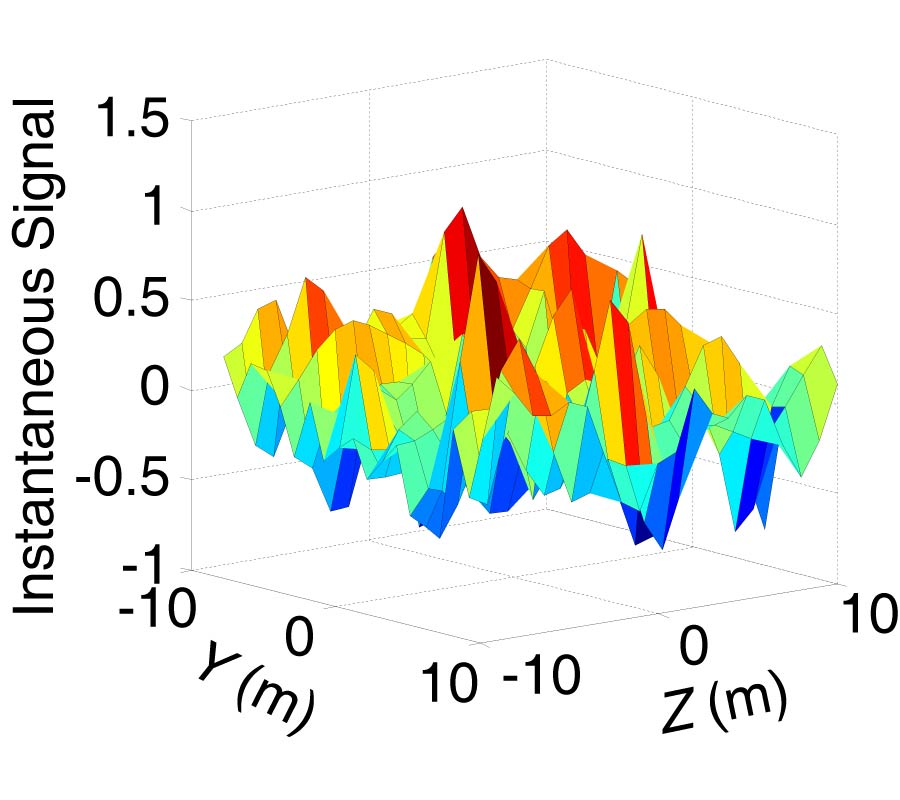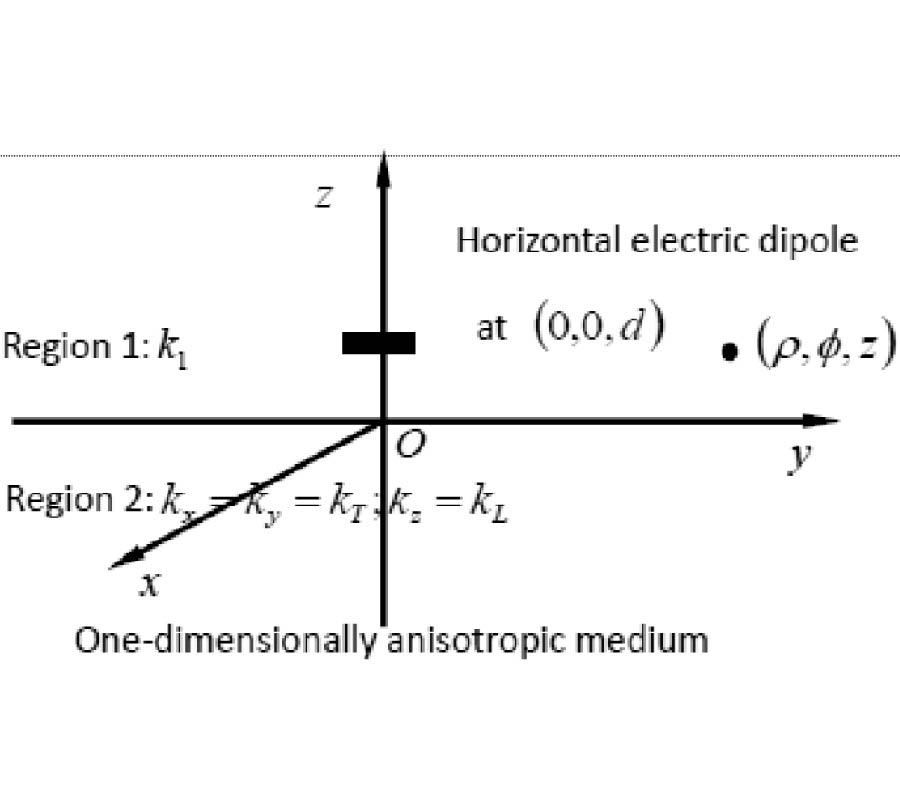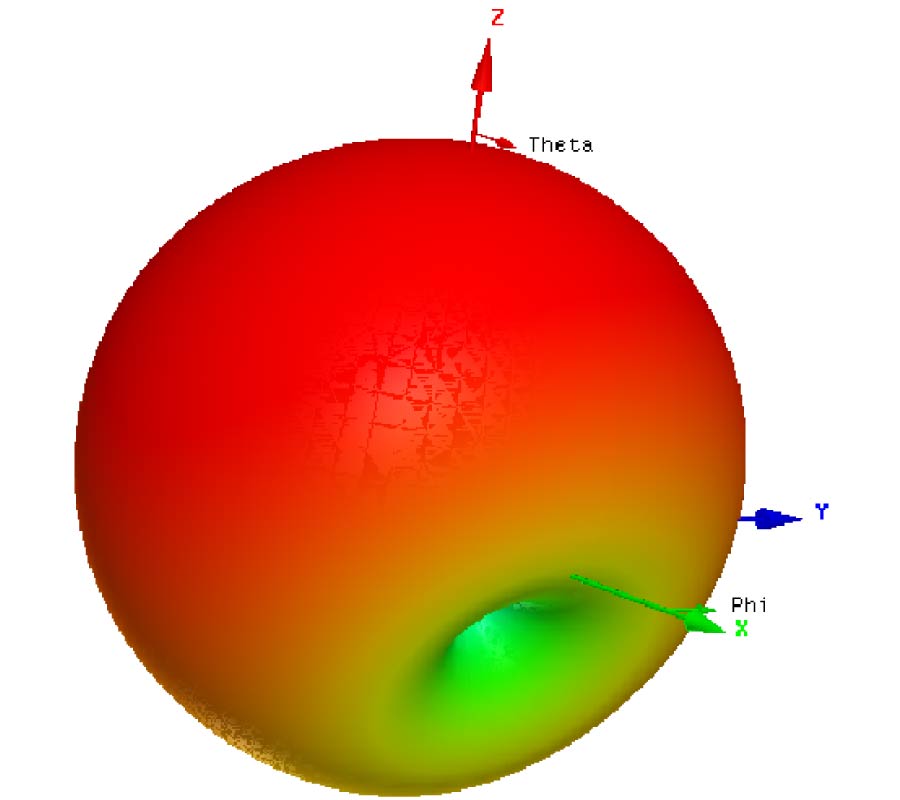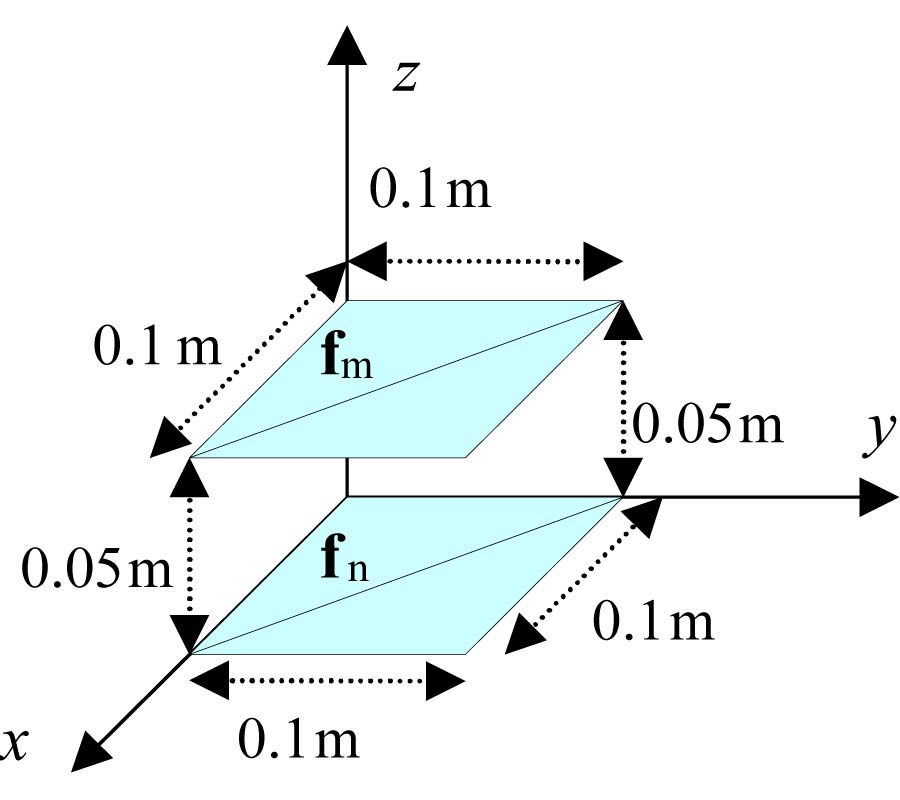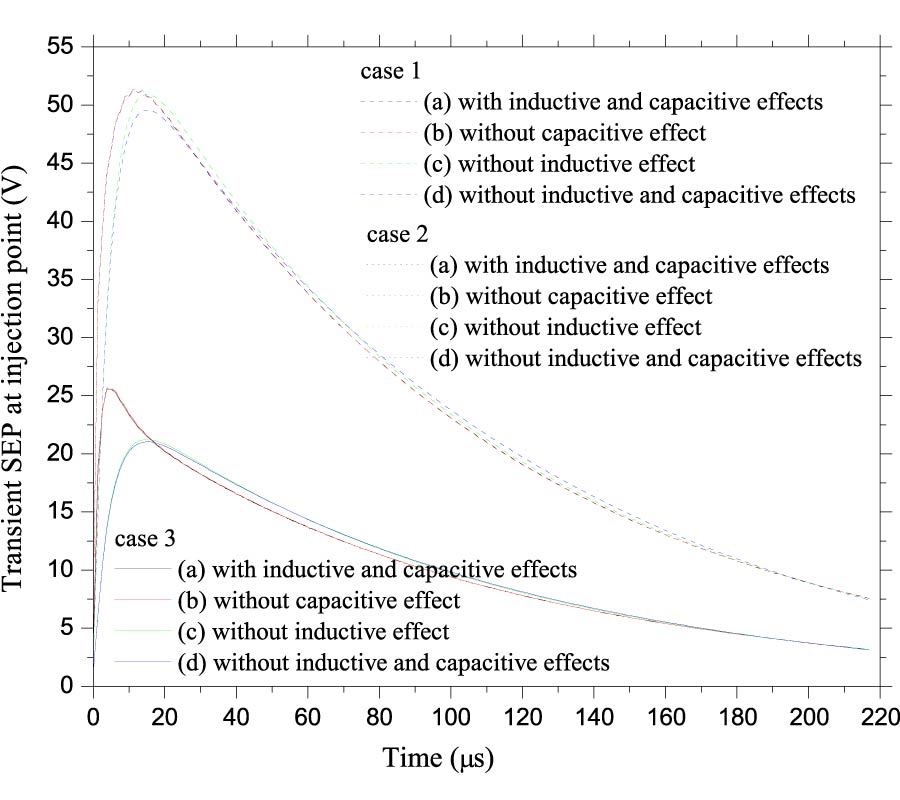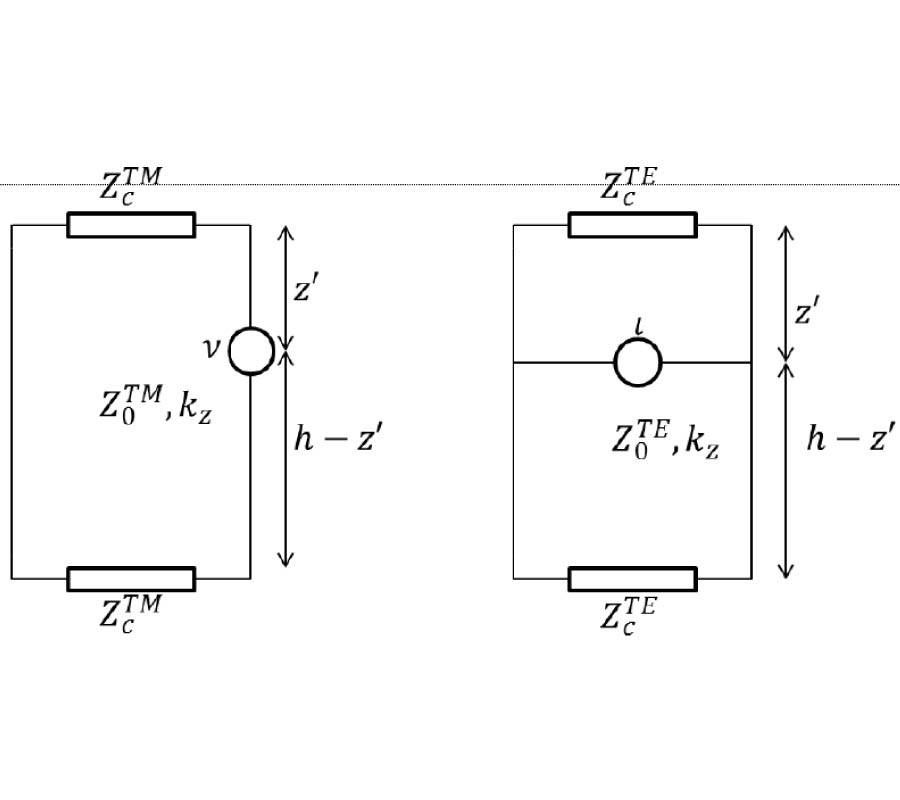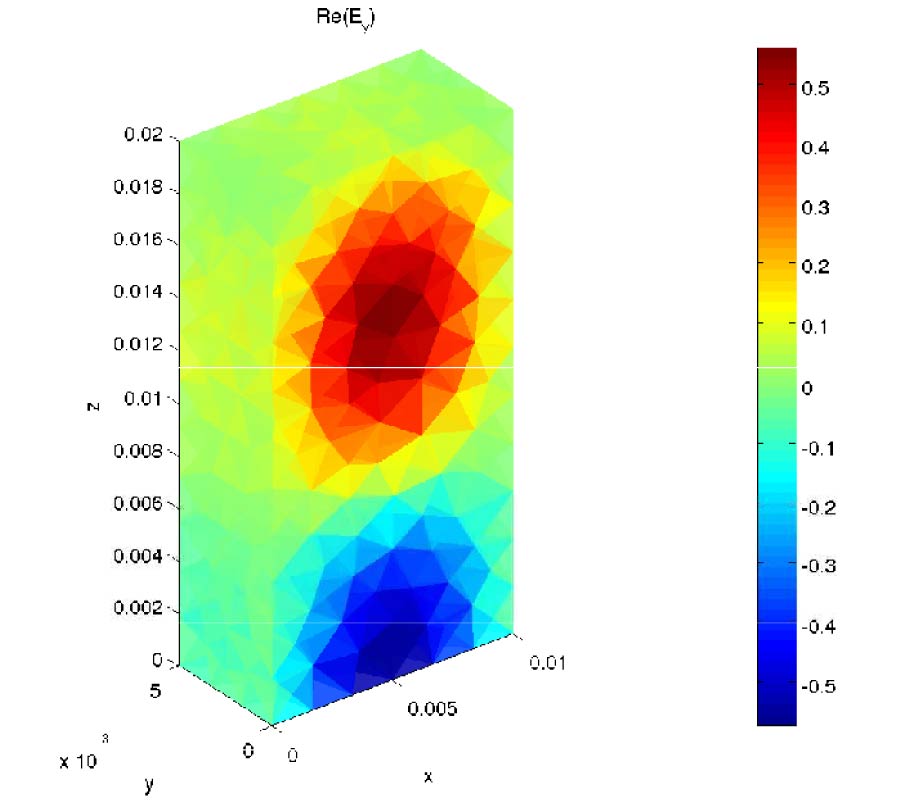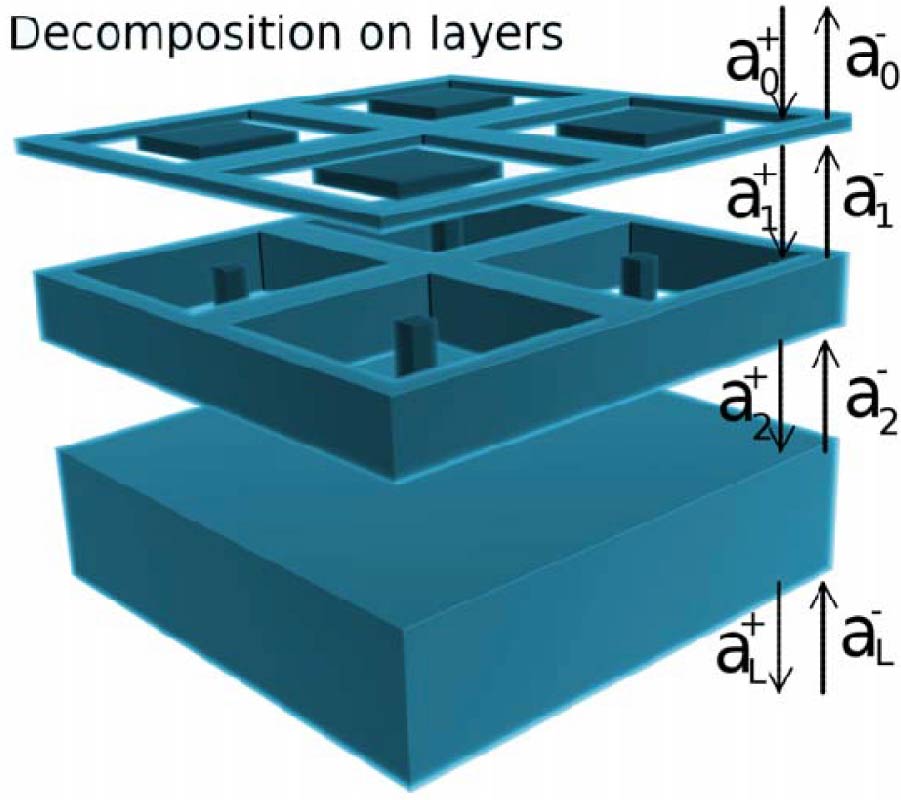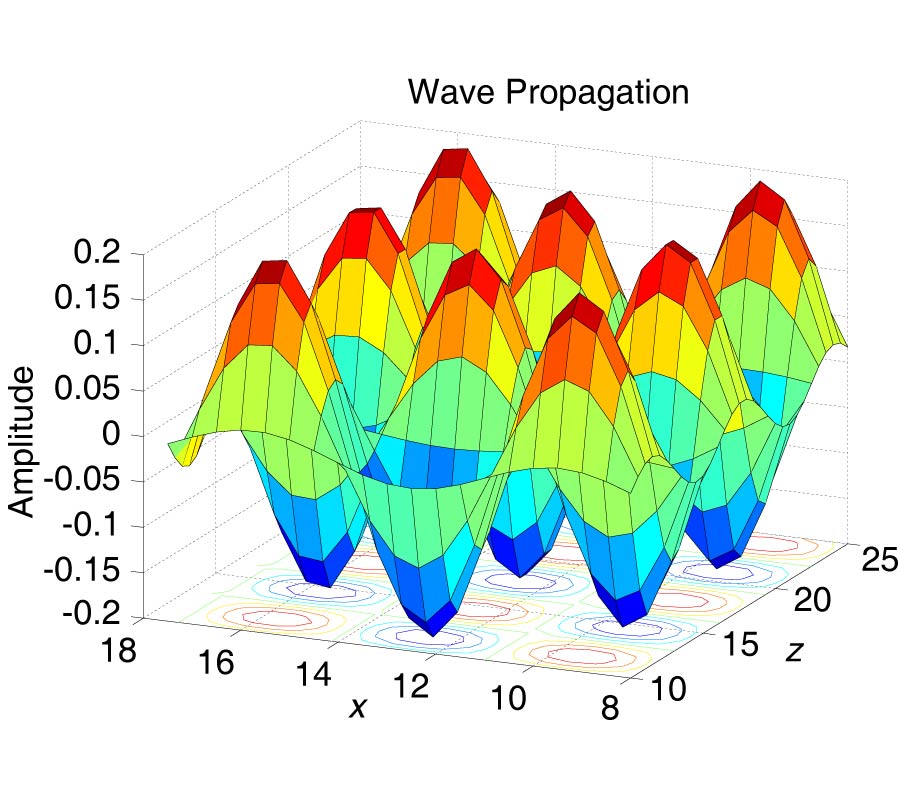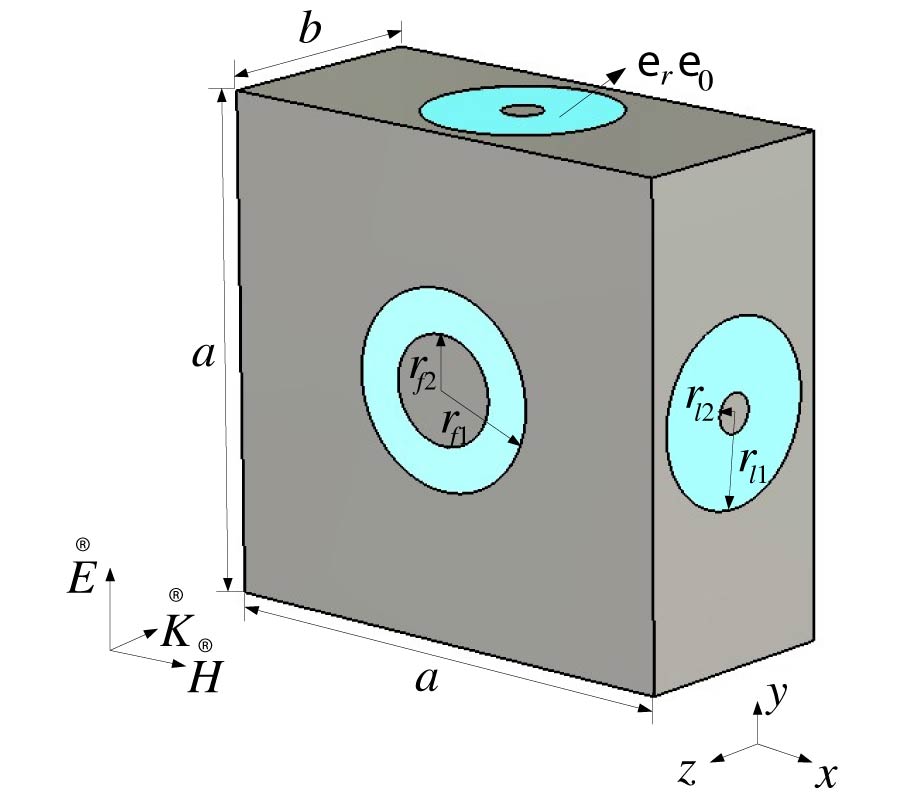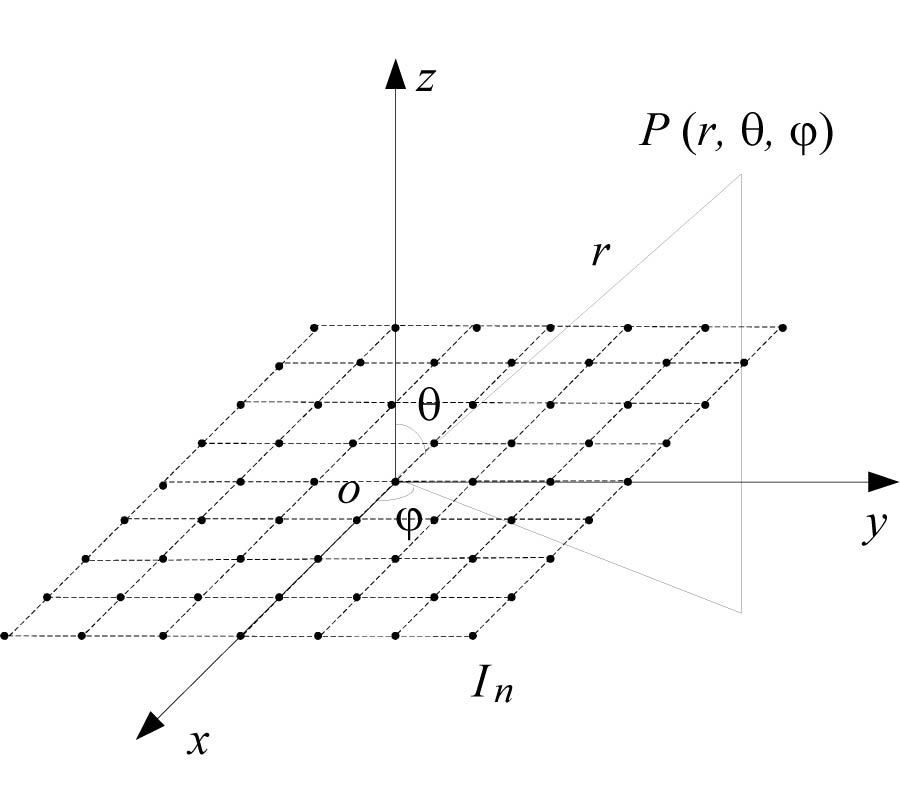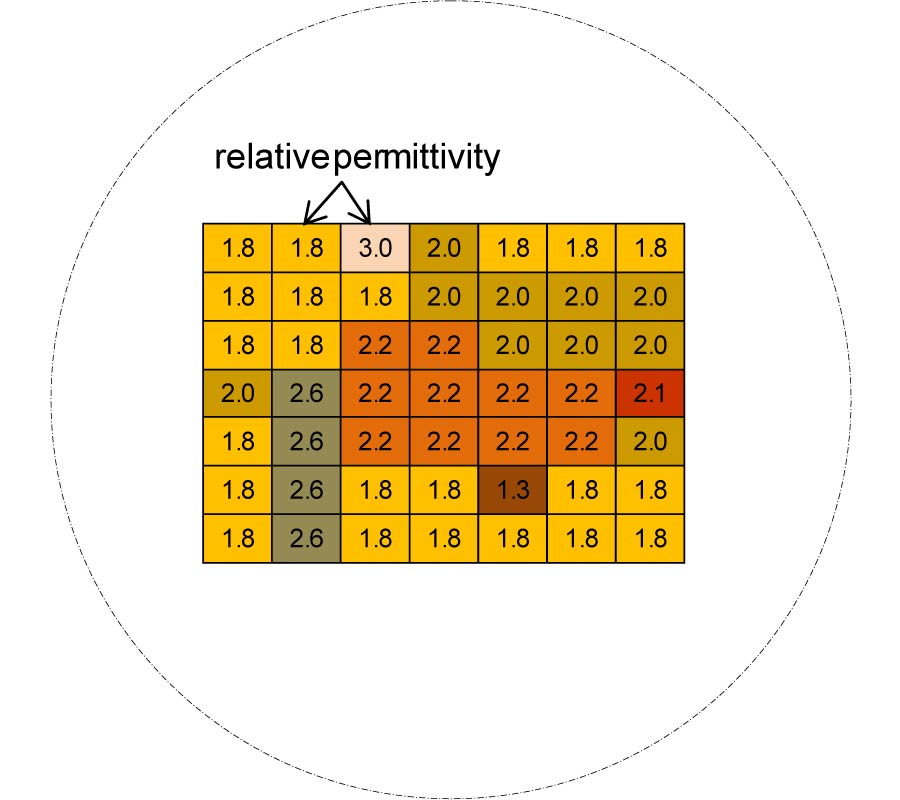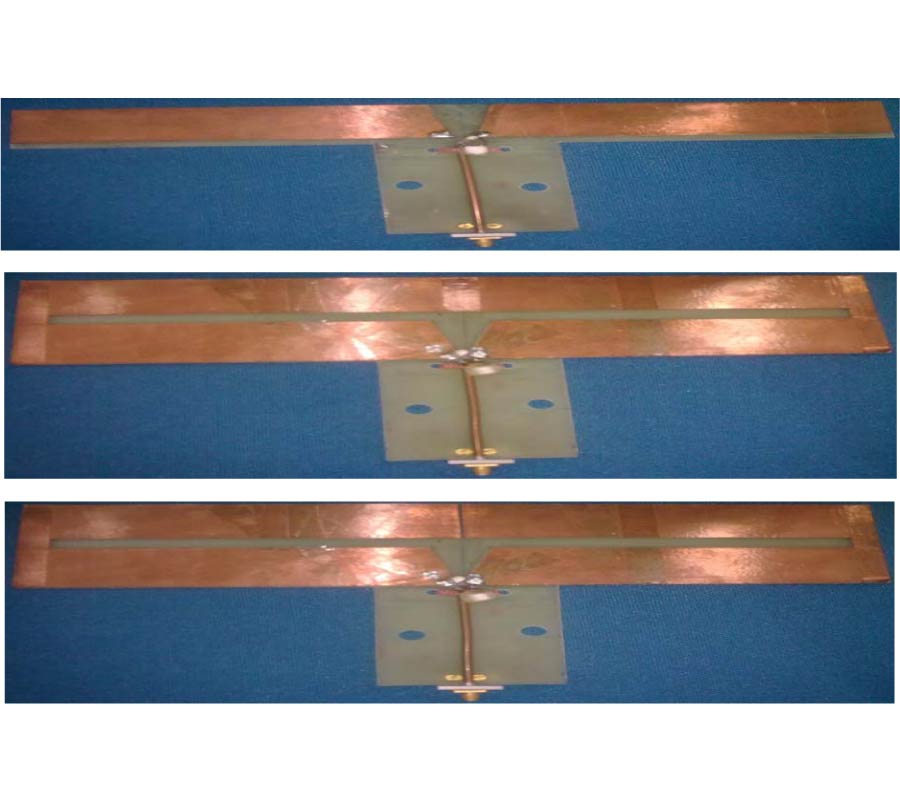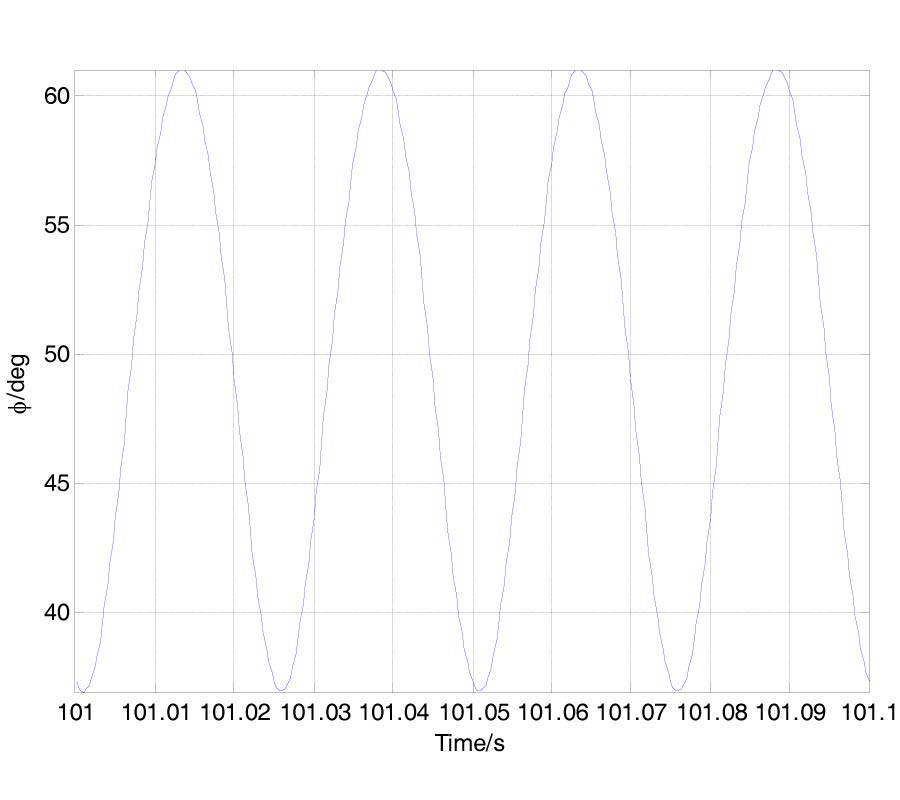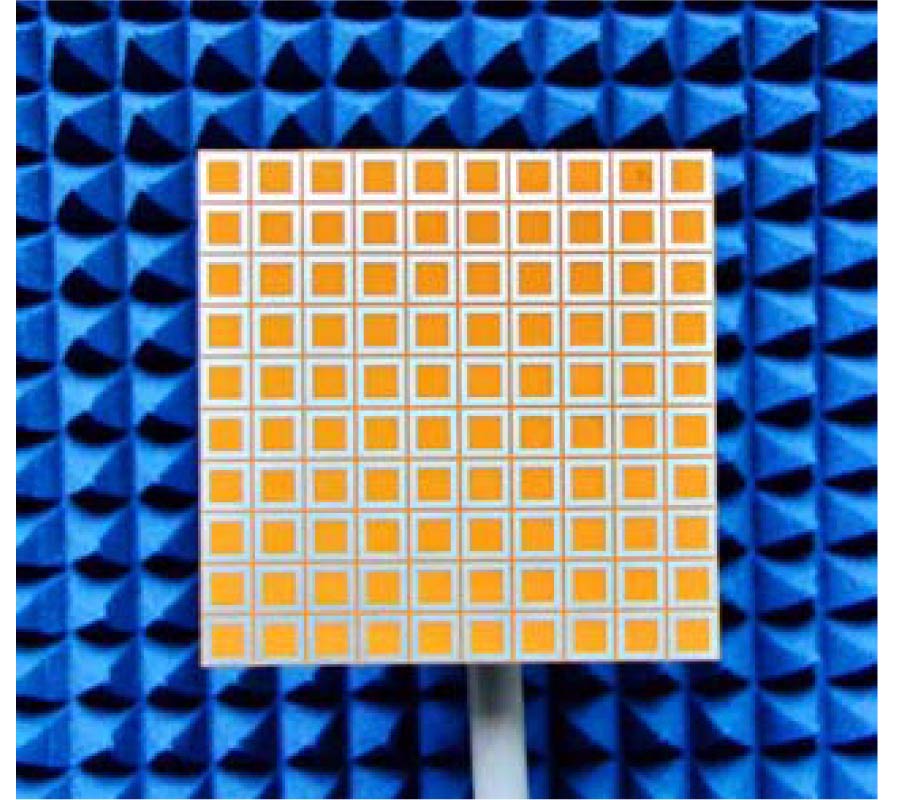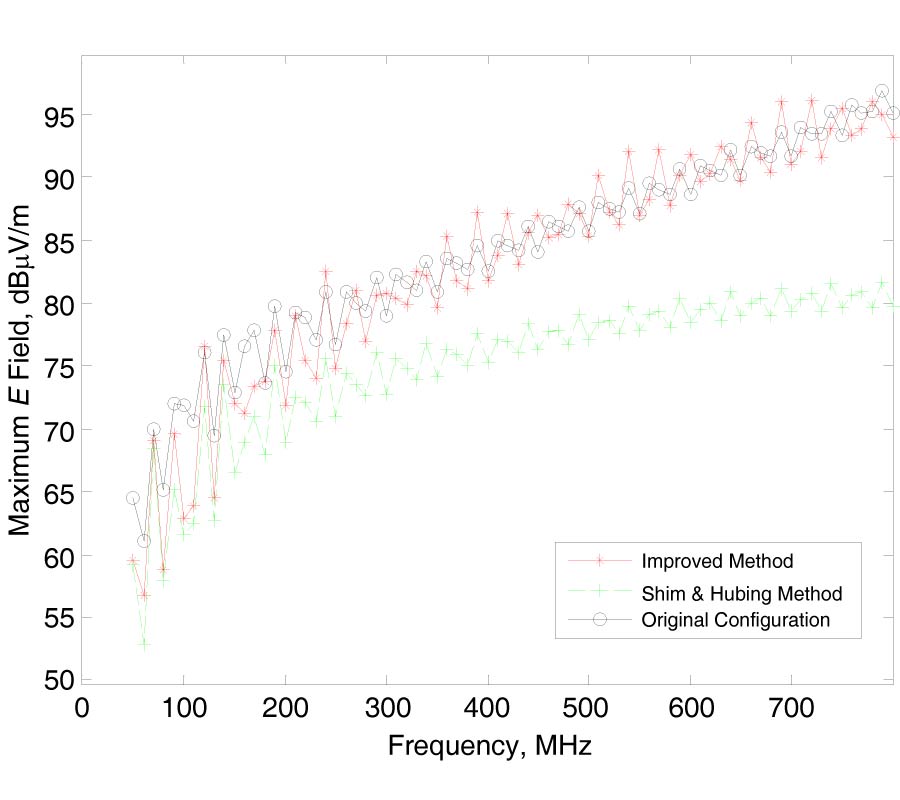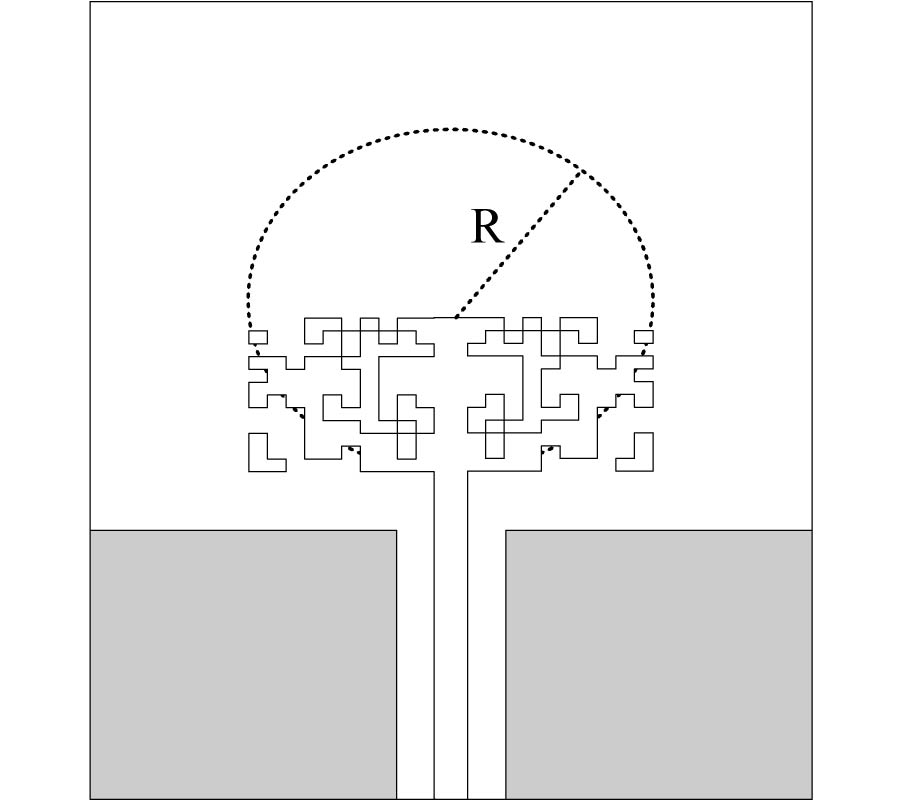Low RCS Metamaterial Absorber and Extending Bandwidth Based on Electromagnetic Resonances
Huanhuan Yang,
Xiang-Yu Cao,
Jun Gao,
Wenqiang Li,
Zidong Yuan and
Kai Shang
A low radar cross section (RCS) metamaterial absorber (MMA) with an enhanced bandwidth is presented both numerically and experimentally. The MMA is realized by assembling three simple square loops in a three-layer structure according to the idea of separating electric and magnetic resonances. Different from one-layer MMA, the proposed MMA can effectively couple with the electric and magnetic components of the incident wave in different positions for fixed frequency, while, for different frequencies, it can trap the input power into different dielectric layers and absorb it in the lossy substrate. Experimental results indicate that the MMA exhibits a bandwidth of absorbance above 90% which is 4.25 times as that of one-layer MMA, and 10 dB RCS reduction is achieved over the range of 4.77-5.06 GHz. Moreover, the cell dimensions and total thickness of the MMA are only 0.17λ and 0.015λ, respectively. The low RCS properties of the MMA are insensitive to both polarization and incident angles.
